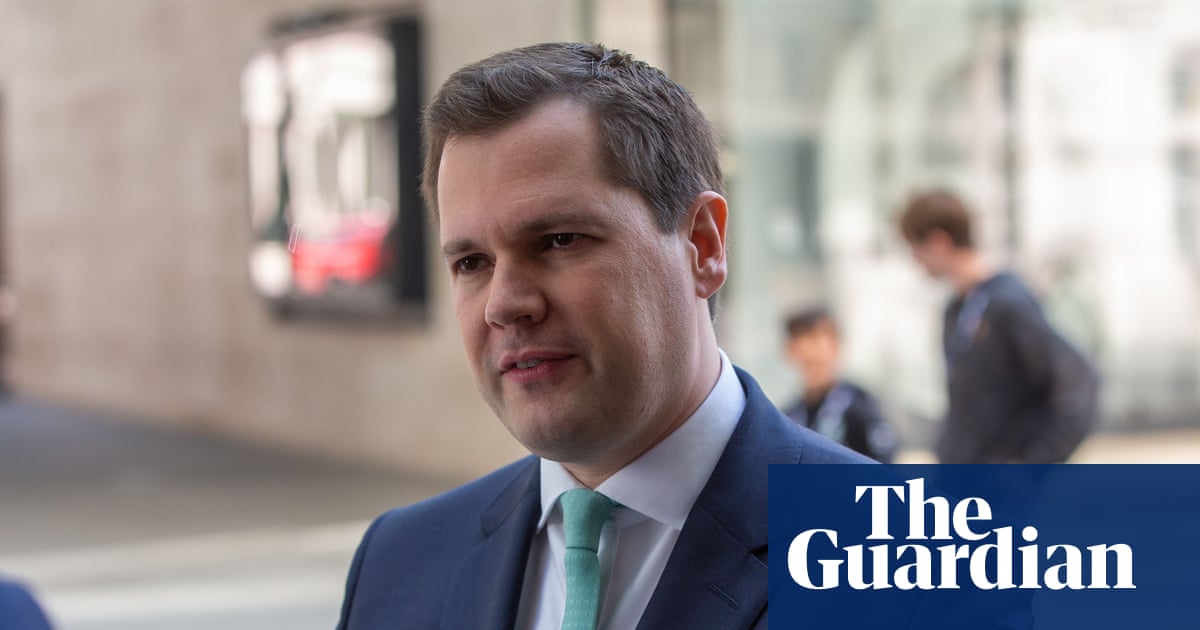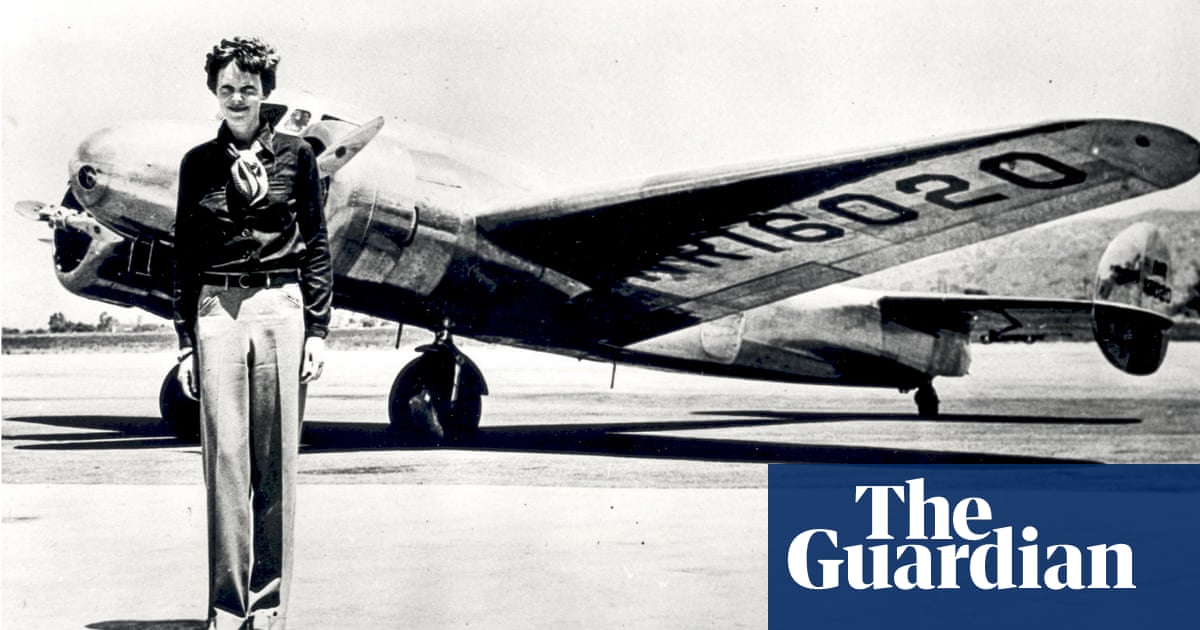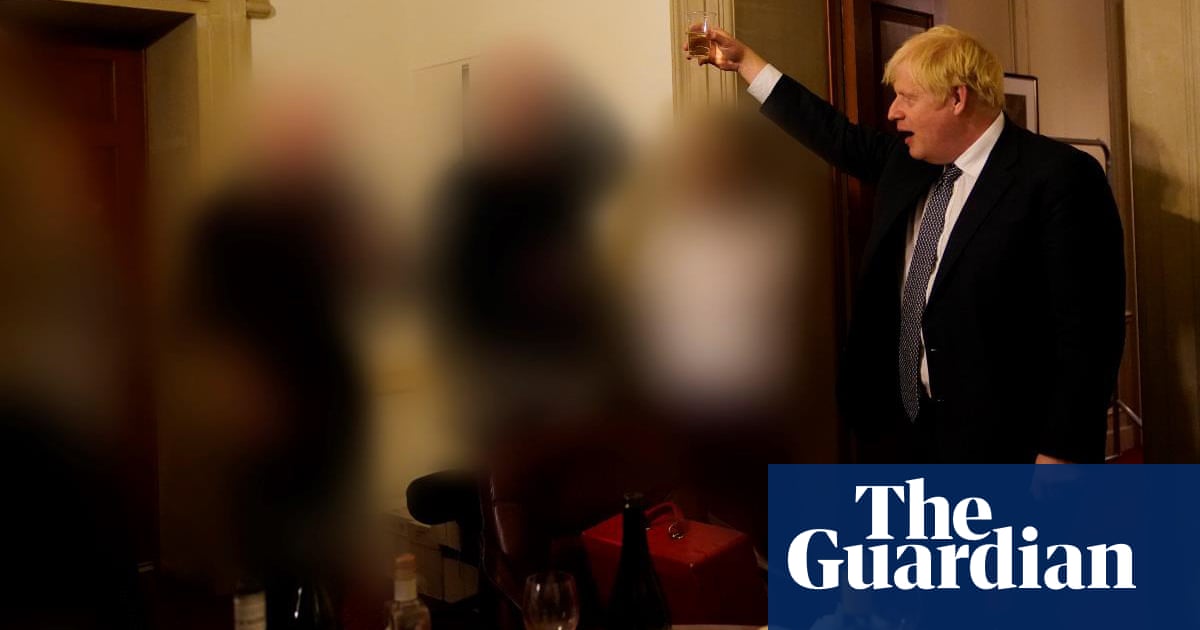
Boris Johnson’s plan to repaint the prime minister’s VIP RAF plane red, white and blue risks turning the aircraft into a “brightly coloured lollipop” when it is used for the military purposes for which it was originally made, a former pilot has warned.
Ordered because the prime minister believes the Voyager’s camouflage grey colour is boring, the £900,000 makeover is expected to transform the outside of the aircraft, which is also used for mid-air refuelling.
Defence sources say it will have a white body with a blue stripe and a union jack-inspired design on the tail fin. Some designs circulating suggest it will have “United Kingdom” written in large gold letters along the side.
Andy Netherwood, a former military transport pilot and defence analyst, said that a “shiny red, white and blue livery means the RAF will be reluctant to use it outside the most benign airspace”, adding: “No one wants to go to war in a jet painted like a brightly coloured lollipop.”
In its military incarnation, the most likely foes the plane will encounter are Russian jets flying near UK airspace; insiders say the aircraft is used to refuel RAF Typhoons tracking planes ordered by Moscow to test Britain’s air defences.
In an emergency, the Voyager would be required to transport troops to war and provide support to combat operations in the Middle East or elsewhere.
When he was foreign secretary, Johnson said it was almost impossible to book the Voyager for ministerial use and complained: “Why does it have to be grey?” Pilots say the colour makes the plane hard to spot, and white planes are clearly visible because they reflect sunlight.
The RAF Voyager was commissioned as a military air transport and refuelling plane when it was acquired as part of a £10.5bn, 27-year Air Tanker private finance initiative (PFI) contract in 2008 – and was not intended for VIP use.
Experts argue that by gradually repurposing the jet as a British flagship, Johnson and the prime ministers immediately before him are in effect gaining control of what is a $240m modified Airbus A330M on the cheap, with the true costs paid by the Ministry of Defence via the PFI deal.
“No 10 should make that argument and be upfront about the cost. Instead this looks like they’re trying to get it through the back door with a dubious claim that this aircraft is still primarily a tanker,” Netherwood said.
Five years ago, UK prime ministers did not have their own version of the US president’s Air Force One for long-haul trips. They had to make do with chartering aircraft after Gordon Brown ditched Tony’s Blair’s plan to obtain one.
But David Cameron was eager to boost his position on the world stage, a decision confirmed in the 2015 defence review, and civil servants found a way to obtain a VIP plane without significant upfront costs.
They found that one of the RAF Voyagers could be refitted with a first-class suite – known as cabin A – and business-class seats at a cost of £10m. The plane would still be shared with the military, so as a compromise the grey colour remained.
A baby-changing table was put in first class to be used by the growing family of the Duke and Duchess of Cambridge, as the aircraft was also available for the royal family, plus senior ministers, predominantly for travelling outside Europe.
There are a handful of seats in cabin A but apart from a table near the prime minister’s seat for meetings, there are few other luxuries, and no wifi or TV screens for inflight entertainment. “I gather it was going to cost £2m more and we couldn’t be bothered,” one former Downing Street staffer said.
So interested was Cameron in the project that those involved had to report progress directly to No 10, but by the time it was ready for its maiden VIP flight to Warsaw in July 2016, the then prime minister had quit following the Brexit referendum.
On official trips, the business-class section is filled with a commercial delegation plus the small number of media prepared to pay extra, typically the commercial broadcasters ITV and Sky, and the Daily Mail. The rest of the media sit in a half-full standard-class cabin shared with military police.
Prime ministers are expected to hold at least one informal press conference with the reporters. Theresa May, Cameron’s successor, was not keen on flying and usually chose to get her interrogation over with shortly after take-off.
May’s most memorable foreign trip was her first to visit Donald Trump in the White House. When asked during the flight what she might have in common with the brash president, she suggested that “sometimes opposites attract”.
When he became prime minister in 2019, Johnson struck a less formal tone. On his first trip to a G7 summit in Biarritz, France the leader visited the back of the Voyager to take selfies with the crew and talk to reporters while they were having lunch.
“You could tell things were going to be different with him in charge, when he gave Robert Peston this manly two-arm grab while they enthusiastically greeted each other,” said one reporter on the flight.












